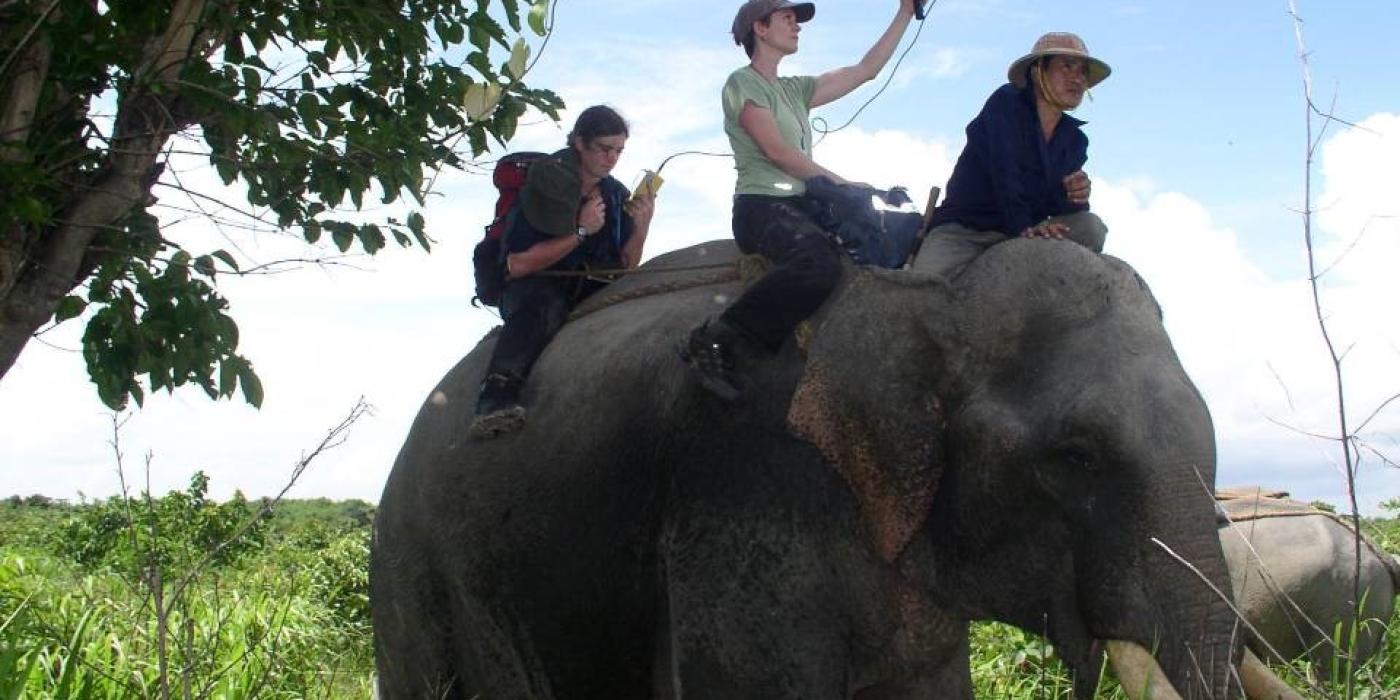Myanmar Biodiversity
Myanmar is a globally recognized biodiversity hotspot that supports many species unique to Southeast Asia. The Myanmar Biodiversity Initiative builds on more than 25 years of Smithsonian experience to study and sustain biodiversity in this hotspot. Led by Conservation Ecology Center scientist Melissa Songer, the initiative leverages institution-wide expertise and resources to study and conserve the biodiversity of Myanmar through research and capacity building. This allows Smithsonian scientists to answer fundamental questions about the biology of species, drivers of extinction, landscape function and ecosystem health.
Using this knowledge, the initiative strives to promote science and increase conservation capacity with local collaborators to ensure the long-term survival of species, landscapes and ecosystems in Myanmar.
Ongoing species-based and community conservation projects include:
- Satellite tracking elephants to study the movement and behavior of wildlife elephants
- Advancing community-based biodiversity conservation
- Understanding factors affecting behavior, reproduction, health and survival of captive elephants
- Developing baseline data for planning and management of biodiversity conservation
- Conducting analyses to study where endangered wildlife species are found
- Investigating emerging infectious diseases at high-risk interfaces between animals and humans
Myanmar is also part of Smithsonian’s Working Land and Seascapes Initiative, which works with partners and stakeholders to understand the complex processes that underpin the function and health of landscapes.
Learn more about CEC's work in this story map: Losing a Jewel: Rapid Declines in Myanmar's Intact Forests


















